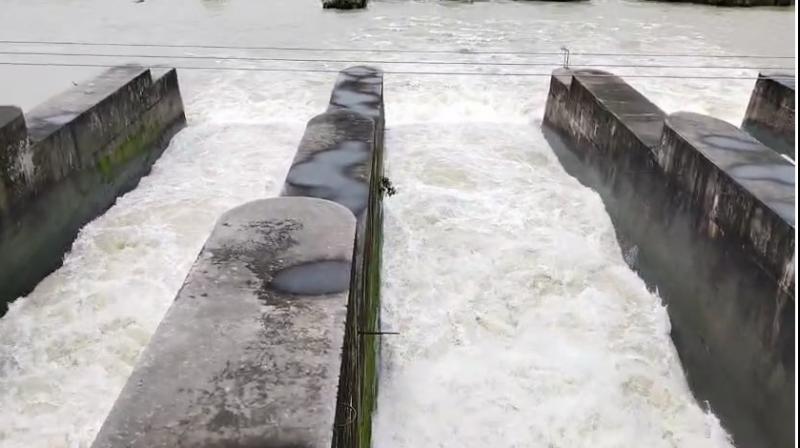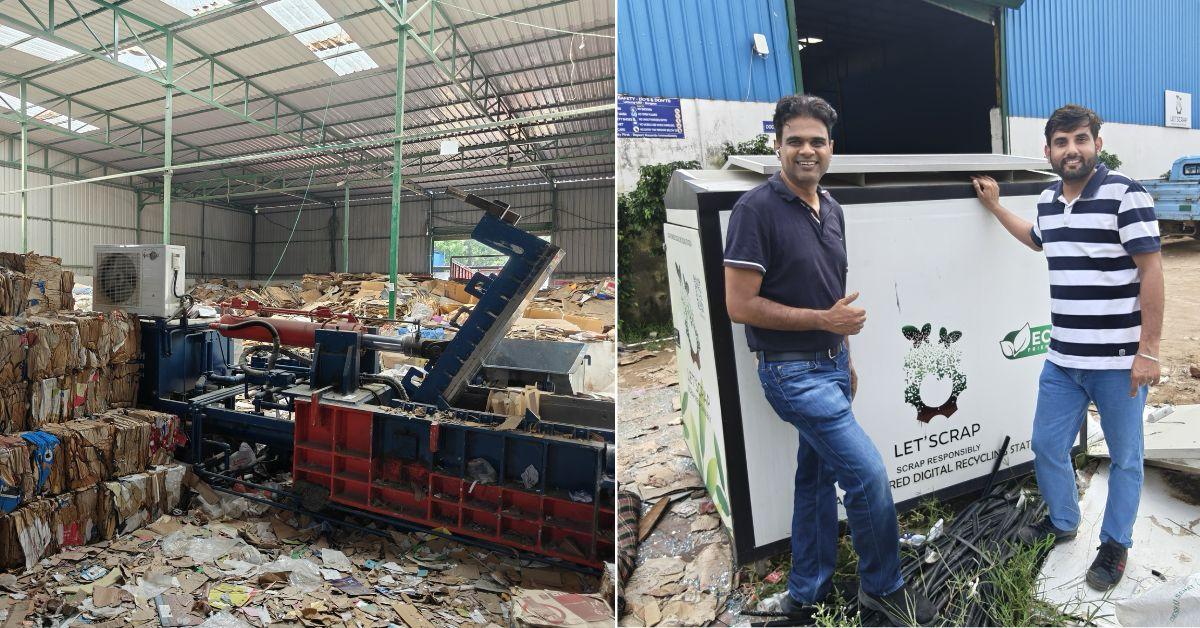 Image Source: Rozana Spokesman
Image Source: Rozana Spokesman
The Bhakra Beas Management Board (BBMB) has commenced a significant release of water from the Pong Dam into the Talwara area, discharging 40,000 cusecs as a routine part of flood season management. This measured release is designed to regulate reservoir levels amid heavy monsoon inflows, ensuring downstream safety and preventing unplanned flooding.
Key Highlights: Controlled Water Release and Safety Measures
On the morning of August 7, 2025, BBMB officials initiated the release of up to 40,000 cusecs of water from Pong Dam’s turbines and spillway gates located at Talwara. This flow includes water discharged through turbines and opened spillways to accommodate the high reservoir inflow.
The release is a standard practice during the monsoon season to maintain reservoir levels within safe limits and to preemptively address risks posed by rising water levels due to persistent rainfall in Himachal Pradesh and Punjab.
Authorities emphasized that these operations follow conventional protocols, with incremental increases in releases planned as required to manage inflow and reservoir storages effectively.
The reservoir’s water level has risen sharply following continuous and above-average rainfall in catchment areas, reaching approximately 1366.68 feet, which is about 13 feet below the official danger mark of 1390 feet.
Operational Details and Downstream Preparedness
The BBMB has coordinated with regional flood control and irrigation departments to ensure all precautionary and emergency measures are in place downstream, particularly in flood-prone localities near Talwara and the Mand area.
Disaster response teams have been activated and are on high alert to respond rapidly should water levels downstream rise unexpectedly.
Public advisories have been issued urging residents to stay clear of riverbanks, tributaries, and canals that could overflow or flood following the increased water discharge.
Special alert systems, including sirens installed at key locations such as Jageer, Sthana, Rey, and Riyali, are operational to warn communities ahead of any sudden water surges.
Local administration, including sub-divisional magistrates, is actively monitoring the situation, maintaining communication with affected villages, and ensuring evacuation and relief plans are ready if needed.
Background: Monsoon Impact and Reservoir Management
The Pong Dam, constructed on the Beas River in Himachal Pradesh’s Kangra district, forms a crucial part of the region’s water and power infrastructure. Its reservoir experiences considerable fluctuation during the monsoon season due to inflow from tributaries and upstream rainfall.
The recent heavy rains have led to inflows exceeding 55,000 cusecs, with the dam managing these volumes carefully to avoid exceeding the maximum storage capacity of approximately 1410 feet.
Previous incidents in 2023 involving sudden water releases have left communities wary; however, this current operation emphasizes gradual, controlled water discharge to minimize risks and property damage.
Social and Environmental Considerations
Local gram panchayats and resident leaders have been engaged in coordination with BBMB and government agencies to enhance transparency and community preparedness.
The focus remains on safeguarding agricultural lands, infrastructure, and settlements by balancing reservoir management and flood mitigation downstream.
Environmental monitoring of river ecosystems continues alongside operational efforts to maintain ecological balance during high water release periods.
Outlook and Recommendations
As the monsoon continues, BBMB and associated departments remain vigilant, ready to modulate water release volumes in response to inflow changes and weather forecasts.
Residents in downstream areas are advised to keep abreast of official announcements and heed safety instructions related to flood warnings and evacuation protocols.
Enhanced collaboration between hydrological experts, local authorities, and disaster management agencies is ongoing to ensure timely responses and minimize adverse impacts.
In conclusion, the release of 40,000 cusecs of water from Pong Dam into Talwara represents a crucial flood season operation carried out with comprehensive safety measures. This controlled release reflects BBMB’s commitment to balancing reservoir management with the protection of communities and ecosystems downstream.
Sources: United News of India (UNI), The Tribune India
Advertisement
Advertisement



